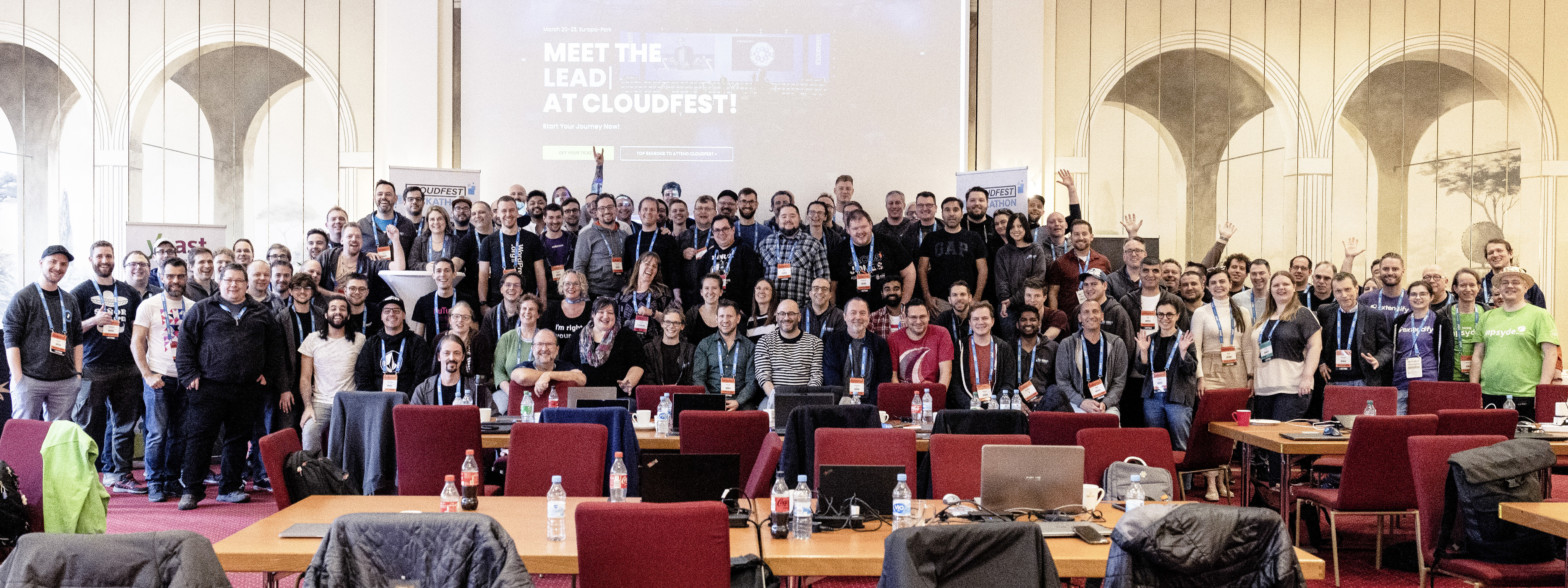Tag Archives: MariaDB
In a previous blog post, I gave an overview of the CloudFest Hackathon. At this event my team created a plugin for WordPress which added additional health checks for MariaDB. Since the Hackathon we have managed to get this plugin into the official WordPress plugin repository and are working on improving it.
About the plugin
The plugin is designed in a modular way with multiple parts that can be useful for WordPress administrators. The following is a breakdown of all the parts currently in the plugin.
Metrics
One of the core features is gathering metrics about the queries executed.
…
Coding standards are often as hotly debated as vim vs emacs and other developer arguments. Viewers of the show Silicon Valley will all know the “tabs vs spaces” scene and how passionate people can be about it. Whilst I do personally have a preference (I’m not sharing it here), I feel it is much more important that people stick to one standard for a code base.
Standards Story
Several months ago a new community developer for MariaDB Server sent me a message asking where to find our coding standards document. After a bit of searching I realised we did not have one, and if we want to onboard new developers we definitely should have one.
…
Back in December, we asked for your feedback on implementing a code of conduct in the MariaDB Server community. We have seen some great feedback and observations from this and today we are have published version 1.0 of our code of conduct.
Feedback
The feedback we have received has been generally positive both when it comes to implementing a code of conduct in general, and to the content of the text.
That said, it was suggested by Brian Andrus that we better define “inflammatory language”; this is something we actually discussed internally prior to the draft content.
…
On the 18th – 20th of March there was a Hackathon before the CloudFest conference. This had 11 projects and well over 100 participants every team producing something great. In fact, thanks to the Hackathon, there is a new MariaDB Health Checks plugin available for WordPress.
(more…) …
Continue reading “MariaDB Foundation at CloudFest Hackathon”
Due to a catalogue of issues our previous quarterly update for developer metrics was not published. This time, however, we have made quite a few changes. In this post, we will summarise 2022 and what has happened in the first couple of months of 2023. All the data for this blog post can be found in CSV format in the release section of the MariaDB Metrics repository, along with everything you need to generate the metrics yourself.
Changes to metrics gathering
For the main commit metrics, we use a tool called “GitDM” or Git Data Miner which was developed for the git kernel trees to group commits by people and organisations.
…
Continue reading “MariaDB Contribution Statistics, March 2023”
I’ve mentioned in past blog posts that not every contribution is a code contribution. There are many possible contributions that are valuable, including testing, bug reports, helping the community, etc.
Non-code contributions are quite invisible
Unfortunately, non-code contributions are sometimes invisible to the wider community, so today I wanted to shine a light on some such contributions. In this case, contributions made by one of our sponsors, Intel.
Intel is open source friendly
Intel have been an open source friendly company for a long time. But have recently pushed harder than ever towards open source, even giving their first ever new Innovation Award to Linus Torvalds.
…
I’m going to start this blog post by saying that I made a mistake, a mistake that means all of the metrics blog posts so far have been made with erroneous data. As part of our openness value I will give a post-mortem of the issue here.
Metrics generation
Before we look into what went wrong, I first need to give a bit of background. The commit metrics are generated using a tool called “gitdm”, this is a “Git Data Miner” that was designed to generate commit statistics for the Linux Kernel. Our fork of this is in the metrics repository which includes some customisations that fit MariaDB Server’s needs better.
…
Yes, it is a bit of a click-bait title, but in this case running one SQL command did improve a community user’s performance by that much. It could help you too.
The story
A community user posted in a couple of places that when migrating a large WordPress installation to MariaDB that they were seeing a certain query performing terribly. The query was taking 1.5 seconds to execute and it was clear from the explain plan that the optimizer was not making an ideal decision about the join order.
The query was generated by WordPress so it would not be easy to force an index, or rewrite the query.
…
Continue reading “This one trick can make MariaDB 30x faster!”







